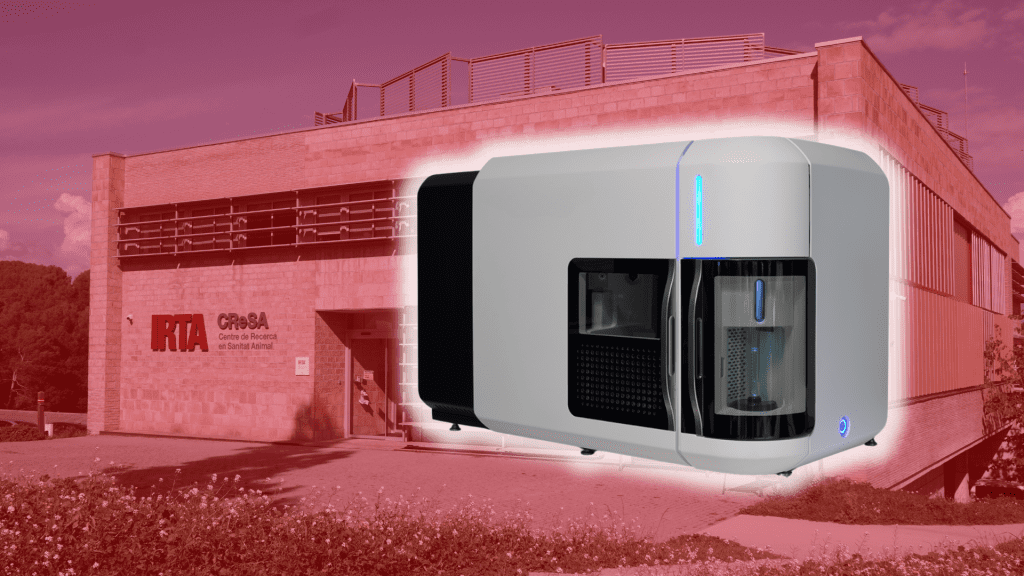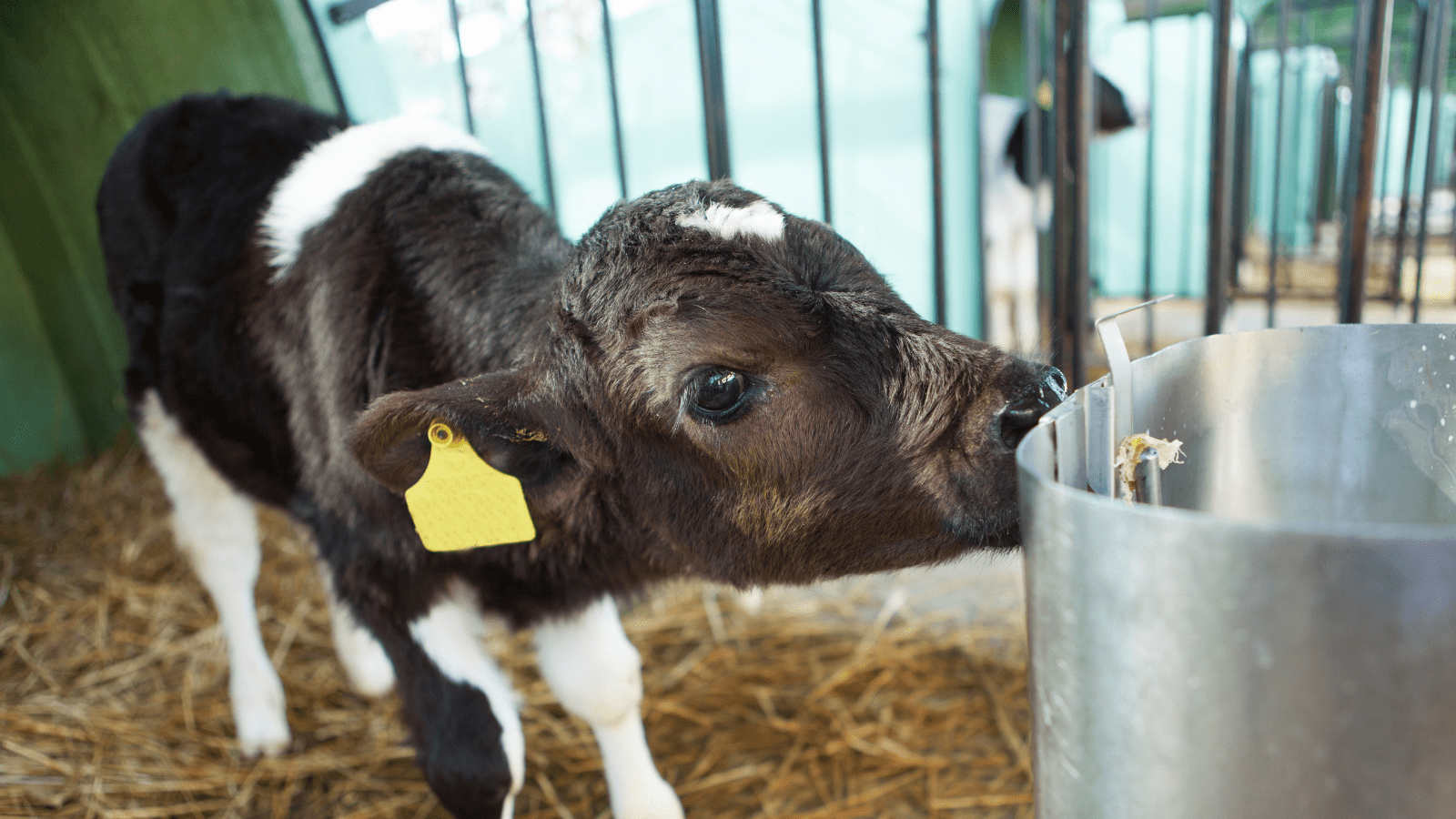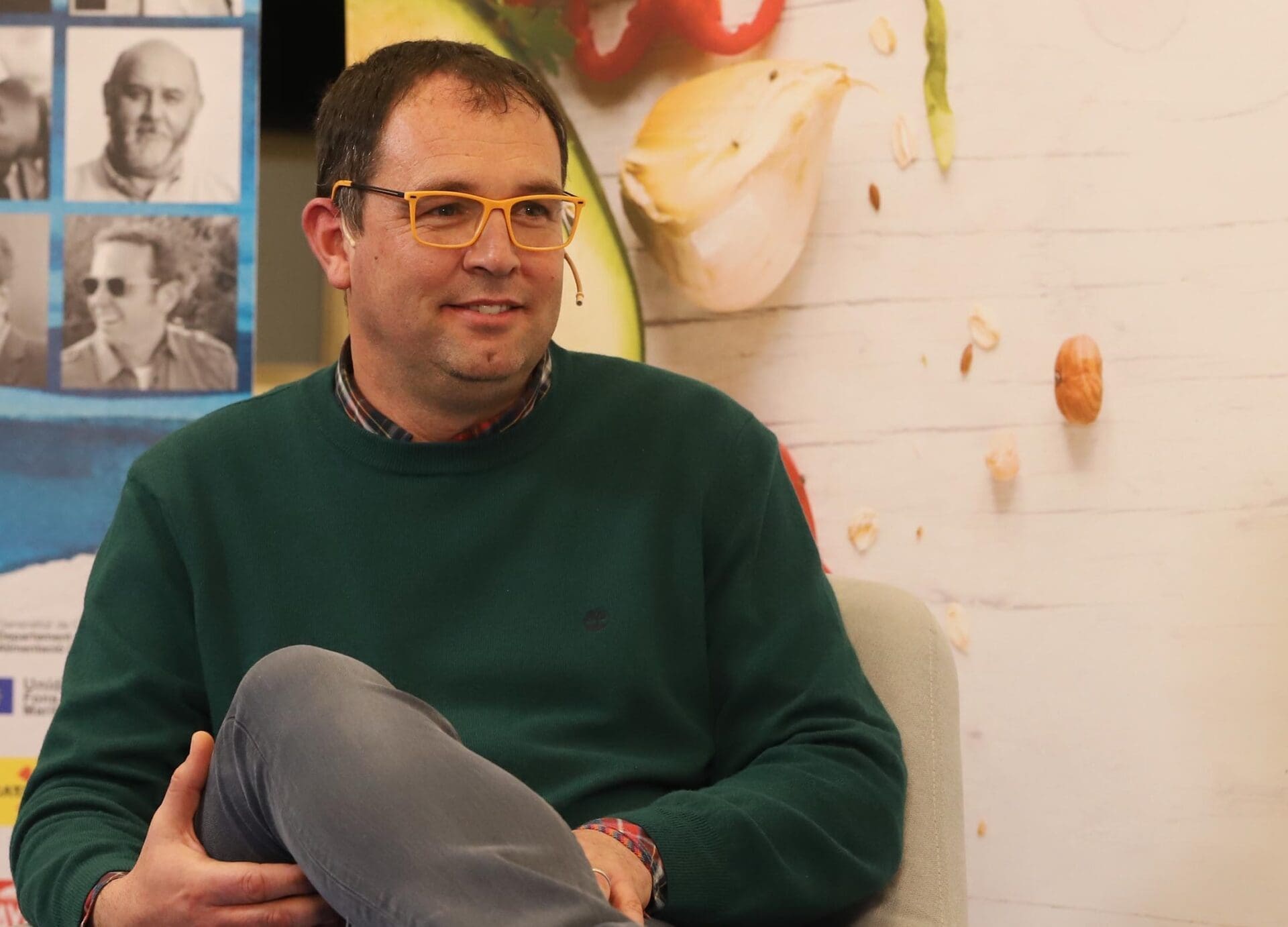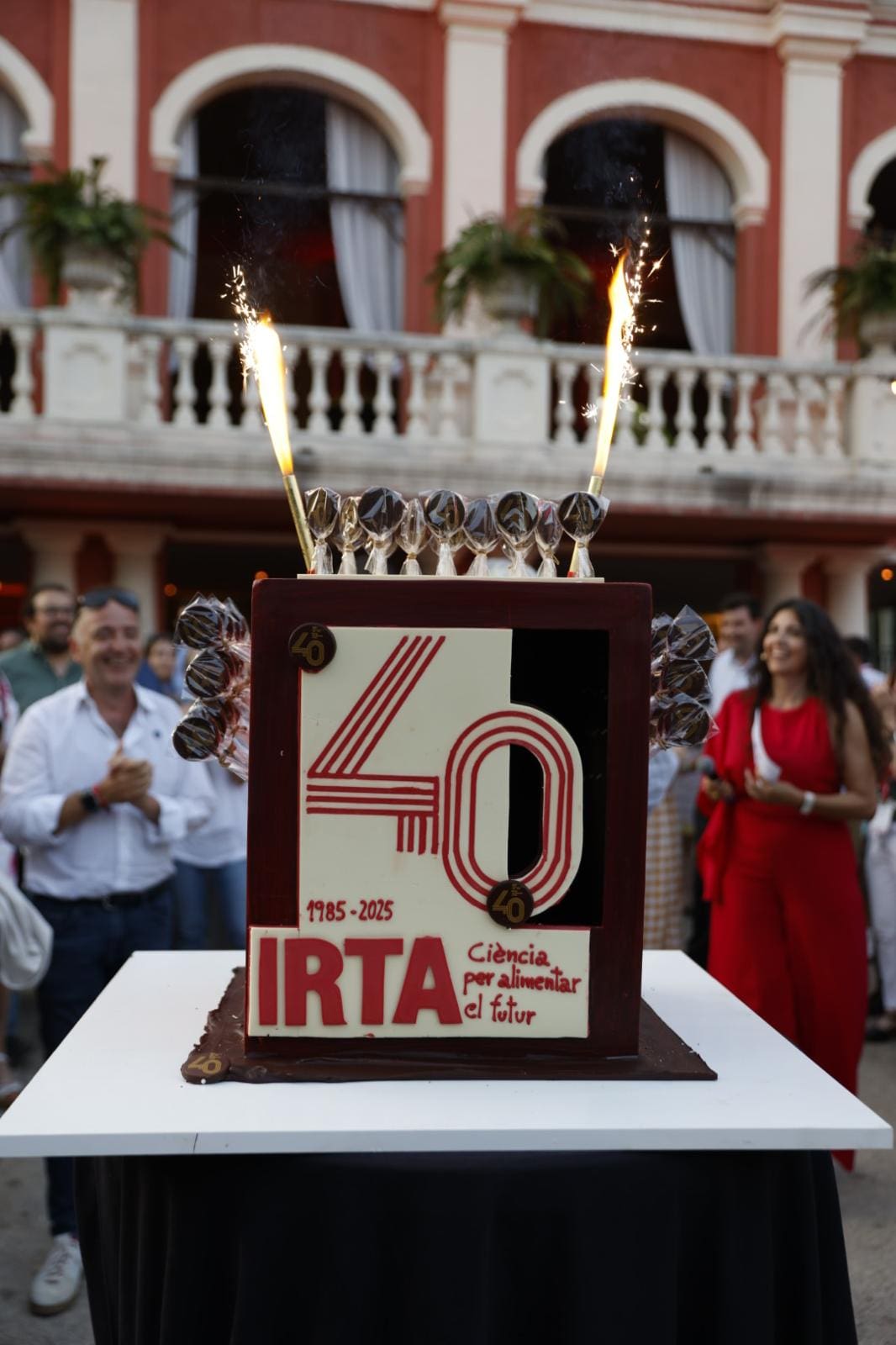
The Institute of Agrifood Research and Technology (IRTA) will incorporate a state-of-the-art flow cytometer into the High Biocontainment Unit (NBS3) at the Animal Health Research Center (CReSA). This acquisition has been made possible thanks to a grant from the Ministry of Science and Innovation, as part of the 2024 Scientific-Technical Equipment call. The funding will allow for the incorporation of a next-generation cell sorter cytometer, which combines the power of flow cytometry with Image technology.
Flow cytometry is a high-precision analytical technique that enables the simultaneous examination of multiple parameters of individual cells using laser beams. This technology measures characteristics such as size, internal complexity, and the presence of specific markers, allowing for:
Ultimately, this technique is fundamental in biomedical research, especially in high-risk infectious diseases.
The new cell sorter cytometer to be incorporated into IRTA-CReSA is a next-generation spectral flow cytometry system. Its main innovation is a image technology, which allows for:
According to Jordi Argilaget, a researcher at IRTA-CReSA, "Having a flow cytometer in a high-biocontainment environment allows for the precise analysis of cells exposed to dangerous pathogens while ensuring personnel and environmental safety. This technology enables the analysis of cell changes induced by infections, helping to understand the immunological mechanisms that respond to pathogens, as well as the effects of treatments and vaccines, all within a rigorous containment framework essential for high-risk infectious disease research. It will enable analyses at a level previously impossible, being one of the few devices of this kind located in high-containment laboratories worldwide.”
In this regard, the head of the Animal Health program, Natàlia Majó, states that "Having this equipment represents a significant advancement for our center and strengthens IRTA-CReSA’s role as a high-biosecurity research hub in Catalonia, opening new avenues for collaboration and enhancing the development of innovative diagnostics and therapies for both public and animal health.”
The High Biocontainment Unit at IRTA-CReSA is an infrastructure that allows work under Biosafety Level 3 conditions. It has six laboratories and twelve experimental boxes, along with a bioimaging platform. Additionally, IRTA-CReSA, together with CISA-INIA, forms the Network of High Biological Security Laboratories (RLASB), a Unique Scientific and Technical Infrastructure (ICTS) of the Ministry of Science and Innovation.
Project EQC2024-008161-P funded by MICIU/AEI /10.13039/501100011033 and by FEDER, EU.



